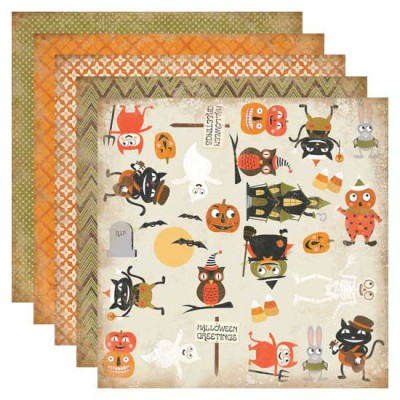2.OA.1
Use addition and subtraction within 100 to solve one-
and two-step word problems involving situations of adding to, taking from,
putting together, taking apart, and comparing, with unknowns in all positions,
e.g., by using drawings and equations with a symbol for the
unknown number to represent the problem.
Second Grade students extend their work with addition and
subtraction
word problems in two major ways.
1. They represent and solve word problems within 100,
building
upon their previous work to 20.
2. They represent and
solve one and two-step word problems of all three types
Result Unknown, Change Unknown, Start Unknown
One-step word problems use one operation.
Two-step word problems use two operations
which may include the same operation or opposite operations.
One Step Word Problem
One Operation
|
Two-Step Word Problem
Two Operations,
Same |
Two-Step Word Problem
Two Operations,
Opposite |
There are 15 stickers on the page. Brittany put some more stickers on the page. There are now 22 stickers on the page.
How many stickers did Brittany put on the page?
15 + n = 22
n = 7 OR
22 – 15 = n
n = 7 |
There are 9 blue marbles and 6 red marbles in the bag. Maria put in 8 more marbles.
How many marbles are in the bag now?
9 + 6 = n
n = 14 14 + 8 = n n = 22 OR 9 + 6 + 8 = n n = 22 |
There are 9 peas on the plate. Carlos ate 5 peas. Mother put 7 more peas on the plate.
How many peas are on the plate now?
9 - 5 = n
n = 4
4 + 7 = n
n = 11
OR
9 –5 + 7 = n
n = 11 |
Add to
|
One-Step Word Problem
Some bunnies were sitting on the grass.
Three more bunnies hopped there.
Then there were five bunnies.
How many bunnies were on the grass before?
n + 3 = 5
|
Take from
|
One-Step Problem
Some apples were on the table. I ate two apples.
Then there were three apples.
How many apples were on the table before?
n – 2 = 3
|
Compare
|
One-Step Problem
(Version with “more”):
Julie has 3 more apples than Lucy.
Julie has five apples.
How many apples does Lucy have?
3 + 5 = n |
One-Step Problem
(Version with “fewer”):
Lucy has three fewer apples than Julie. Julie has five apples.
How many apples does Lucy have? 5 - 3 = n |
2.OA.2 Fluently add and subtract within 20 using mental
strategies.
By end of Grade 2, know from memory all sums of two one-digit
numbers.
Mental Strategies
· Counting on
· Making ten (e.g., 8 + 6 = 8 + 2 + 4 = 10 + 4 = 14)
· Subtracting a number leading to a ten (e.g., 13 – 4 = 13 – 3 – 1 = 10 – 1 = 9)
· Using the relationship between addition and subtraction
(e.g., knowing that 8 + 4 = 12, one knows 12 – 8 = 4)
· Creating equivalent but easier or known sums
(e.g., adding 6 + 7 by creating the known equivalent 6 + 6 + 1 = 13, 12 + 1 = 13 |
Developing Fluency for Addition & Subtraction within 20
Example: 9 + 5= __
Student A
Counting On
I started at 9 and then counted 5 more. I landed on 14.
|
Student B
Subtracting a Number-Leading to a Ten
I know that 9 and 1 is 10, so I broke 5 into 1 and 4. 9 plus 1 is 10. Then I have to add 4 more, which is 14.
|
Example: 13 - 9 = __
Student A
Using the Relationship between Addition and Subtraction
I know that 9 plus 4 equals 13.
So 13 minus 9 is 4.
|
Student B
Creating an Easier Problem
Instead of 13 minus 9, I added 1 to each of the numbers to make the problem 14 minus 10. I know the answer is 4. So 13 minus 9 is also 4.
|


































